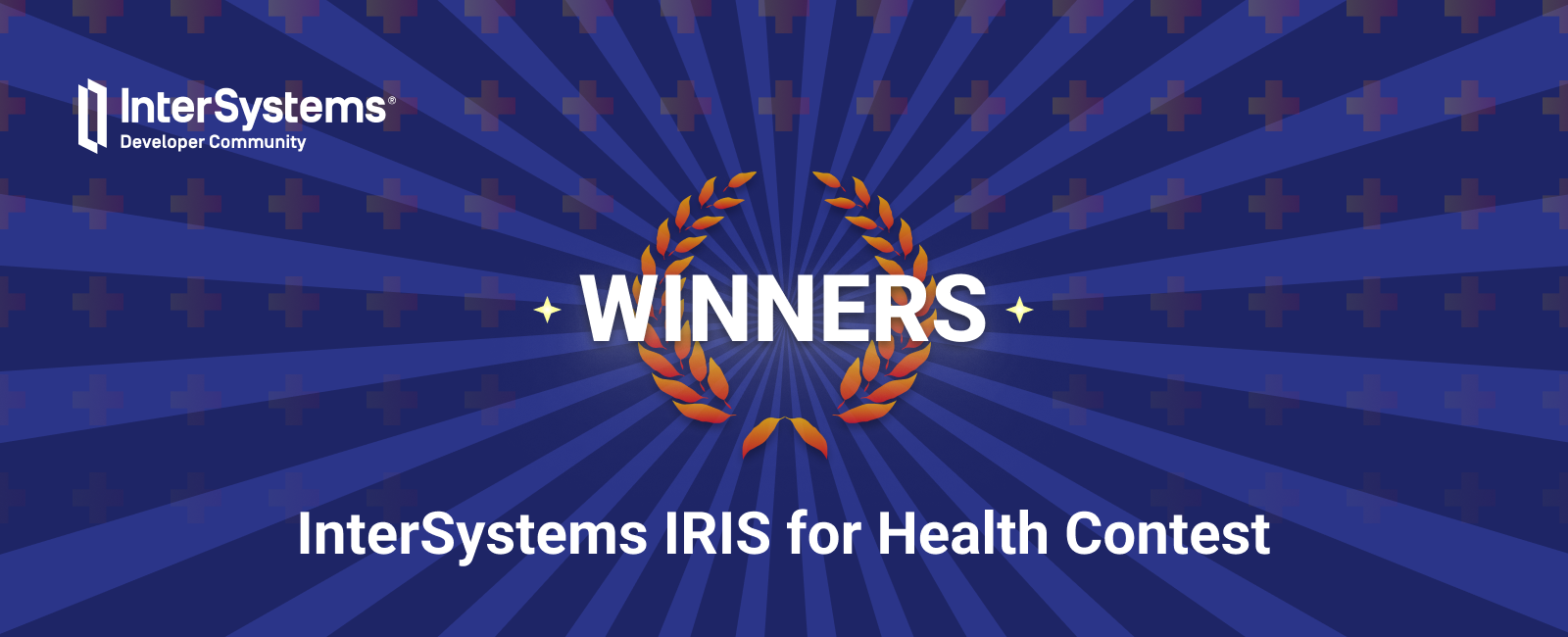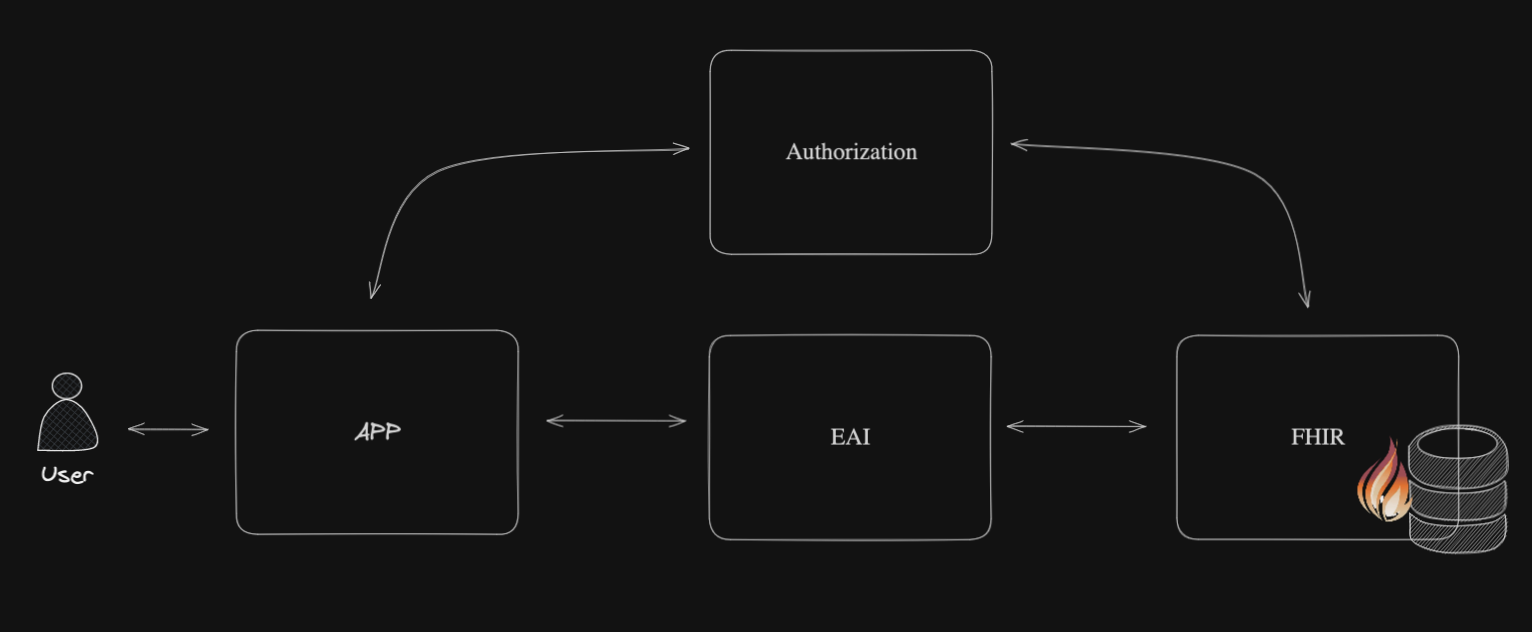UPDATE: Developer Preview 7 has been released.
Update 7 includes a number of stability improvements over previous updates and support for support for all of the planned 2022.1 features. If you notice any problems at all, now's the time to let us know. The docker pull commands below have been updated with the latest build numbers. Enjoy!
Developer Preview releases are now available for the 2022.1 version of InterSystems IRIS, IRIS for Health, and HealthShare Health Connect.
As this is InterSystems' first developer preview release, let's take a moment to describe what these are. The developer preview program enhances the previous IRIS preview program with approximately bi-weekly releases that add features as they are ready. This allows us to get feedback on capabilities and enhancements as they're available. You'll see below a list of enhancements that are targeted for 2022.1, which are not included in the first developer preview. Look for those over the coming weeks.
We are eager to learn from your experiences with this new release ahead of its General Availability release. Please share your feedback through the Developer Community so we can build a better product together.
InterSystems IRIS Data Platform 2022.1 is an extended maintenance (EM) release. 2022.1 includes the many important new capabilities and enhancements have been added in 2021.2, the continuous delivery (CD) release, since 2021.1, the previous EM release. Please refer to the release notes for 2021.2 for an overview of these enhancements.

.png)

.png)

.png)

.png)
.png)